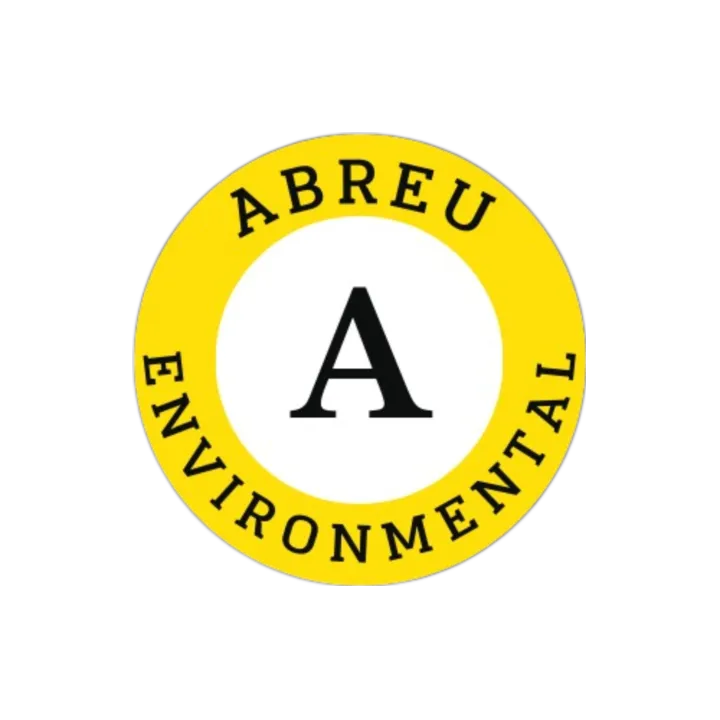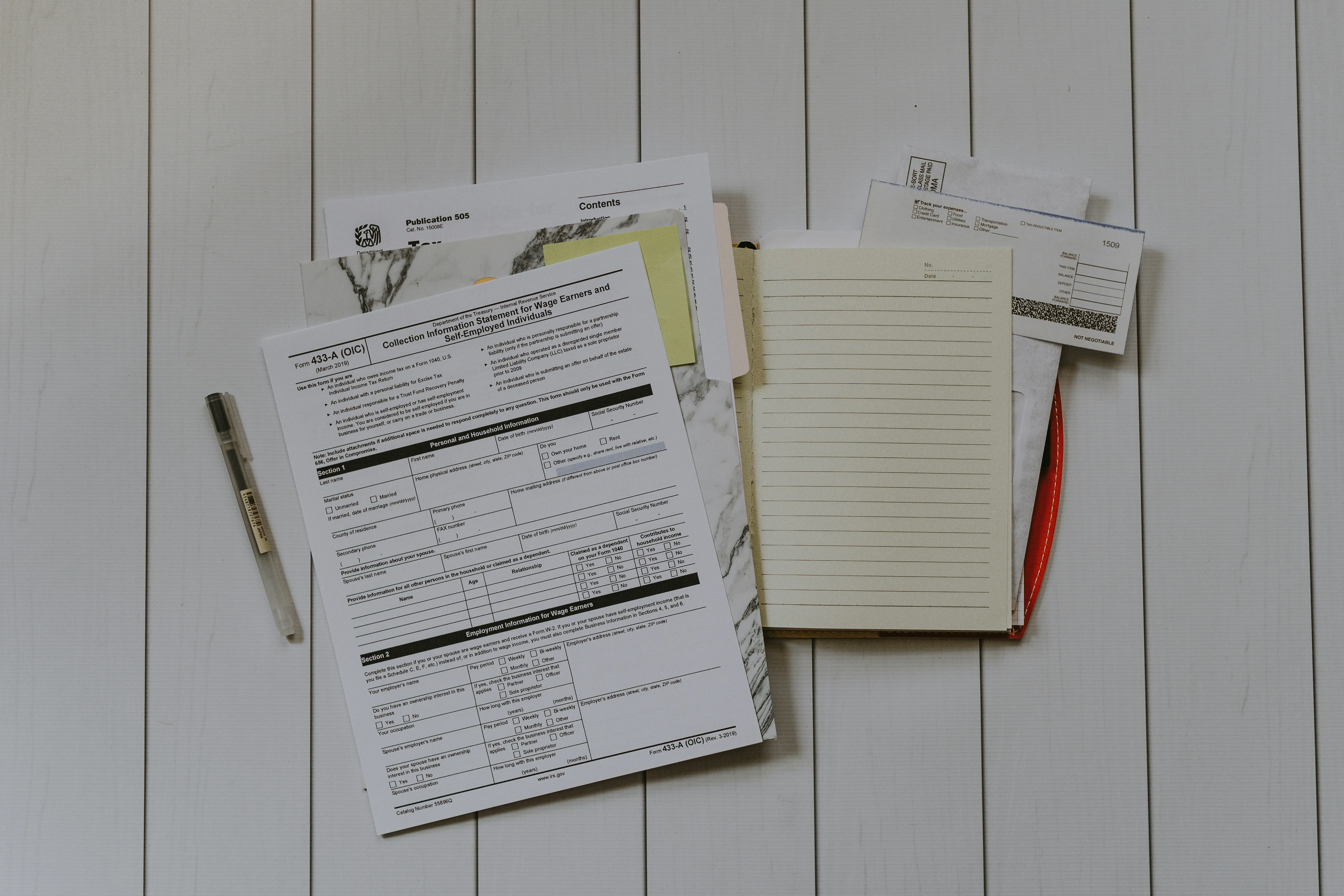Lead Hazards in Home Improvement Projects
Home improvement projects can inadvertently disturb lead-based paint, resulting in lead hazards. Lead hazards in home improvement projects commonly arise from the following sources:
- Lead-based paint: Homes built before 1978 are likely to contain lead-based paint. When renovating or remodeling such homes, disturbing lead-based paint through activities like sanding, scraping, or demolition can release lead dust and chips into the air, creating a hazard for occupants.
- Dust and debris: Lead dust and debris generated during renovation or construction activities can settle on surfaces throughout the home, including floors, walls, and furniture. Failure to properly contain and clean up dust and debris can result in lead exposure for residents, especially children who may ingest lead-contaminated dust through hand-to-mouth contact.
- Soil contamination: Exterior renovation projects, such as painting or repair work, can disturb lead-based paint on the exterior surfaces of a home, leading to soil contamination. Lead particles can accumulate in the soil around the perimeter of the house, posing a risk of exposure to occupants, particularly young children who play in the yard.
- Lead pipes and plumbing fixtures: Homes built before the 1980s may have lead pipes, solder, or plumbing fixtures, which can leach lead into drinking water. Disturbing or replacing plumbing components without proper precautions can release lead particles into the water supply, resulting in lead exposure for occupants.
- Lead dust on surfaces: Even if lead-based paint is not disturbed directly, lead dust can accumulate on surfaces over time due to normal wear and tear. Home improvement activities such as cleaning, vacuuming, or painting can disturb this dust, leading to lead exposure if proper precautions are not taken.
To mitigate these lead hazards during home improvement projects, it is essential to follow lead-safe work practices outlined by the Environmental Protection Agency (EPA) and other regulatory agencies. These practices include containment of work areas, proper cleaning and disposal of dust and debris, use of personal protective equipment (PPE), and, when necessary, hiring certified lead abatement professionals to handle lead-based paint removal and other hazardous materials.
Additionally, homeowners should consider testing for lead before beginning renovation projects in older homes and take appropriate precautions to protect themselves and their families from lead exposure.



